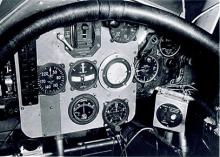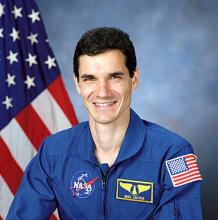Heeding the call from the nation’s scientists and industrialists to establish an authoritative domestic measurement and standards laboratory, the U.S. Congress founded NIST on March 3, 1901. The fledgling agency quickly assembled standards for electricity, length and mass, temperature, light, and time, and created a system to transfer those values to the public.
www.nist.gov/timeline
- Topics Expand or Collapse
- Advanced Communications
- Bioscience
- Buildings and Construction
- Chemistry
- Cybersecurity
- Electronics
- Energy
- Environment
- Fire
- Forensic Science
- Health
- Information technology
- Infrastructure
- Manufacturing
- Materials
- Mathematics and Statistics
- Metrology
- Nanotechnology
- Neutron research
- Performance Excellence
- Physics
- Public safety
- Resilience
- Standards
- Transportation
- Publications
- Labs & Major Programs Expand or Collapse
- Services & Resources Expand or Collapse
- News & Events Expand or Collapse
- About NIST Expand or Collapse




































































